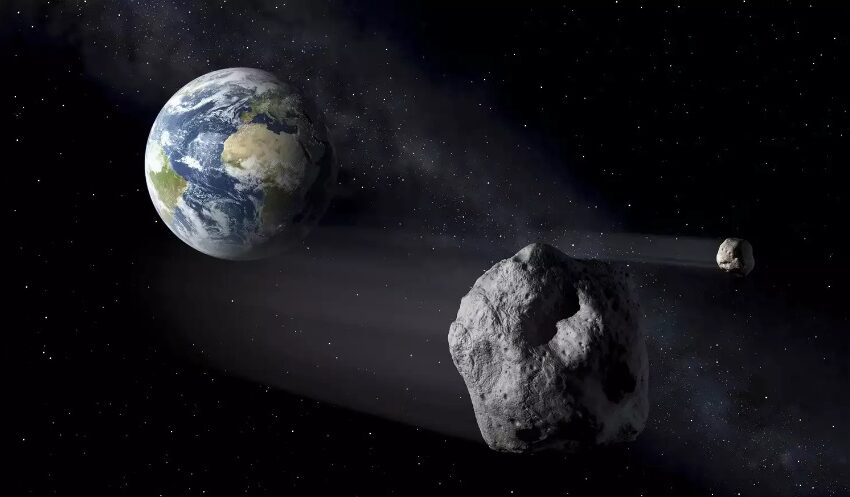
NASA Radar Captures First-Ever Images of Two Asteroids Passing Close to Earth
The Goldstone planetary radar of US space agency NASA’s Deep Space Network has tracked two asteroids as they safely passed the Earth, providing valuable practice for planetary defence, along with information about their sizes, orbits, rotation and surface details.
The two asteroids — 2024 MK and 2011 UL21 — were tracked recently by scientists at NASA’s Jet Propulsion Laboratory in Southern California, read a statement.
Among them, one turned out to have a little moon orbiting it, while the second one had been discovered only 13 days before its closest approach to Earth, it stated, adding that there was “no risk of either near-Earth object impacting our planet”.
Asteroid 2024 MK

On June 29, two days after the 2011 UL21, the same team of scientists observed the 2024 MK asteroid pass the Earth from a distance of only 295,000 kilometres. This is a little more than three-quarters of the distance between the Moon and the Earth.
The asteroid is about 500 feet (or 150 meters) wide and appears to be elongated and angular, having prominent flat and rounded regions.
To observe this, they used DSS-14 to transmit radio waves to the object. But this time, they used Goldstone’s 114-foot (34-meter) DSS-13 antenna to receive the signal that bounced off the asteroid.
“The result of this ‘bistatic’ radar observation is a detailed image of the asteroid’s surface, revealing concavities, ridges, and boulders about 30 feet (10 meters) wide,” NASA stated.
The space agency noted that close approaches of near-Earth objects the size of 2024 MK are “relatively rare” and usually occur about every couple of decades.
2024 MK was first reported on June 16.


